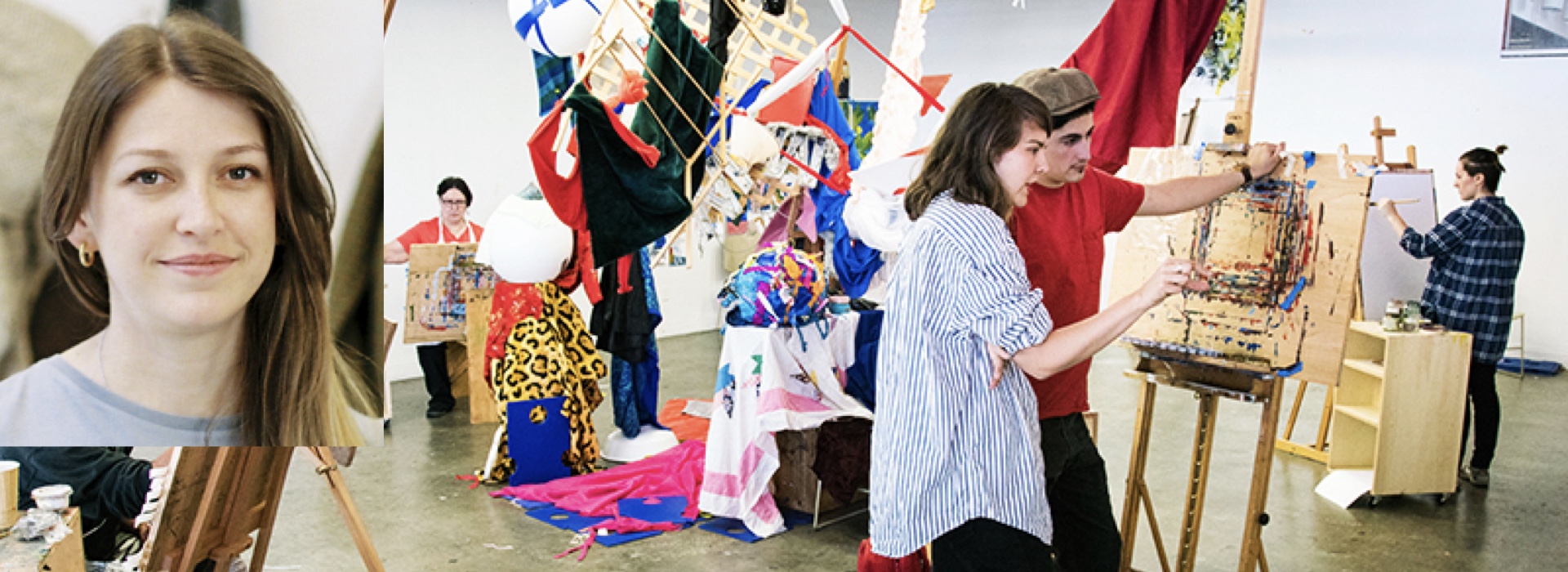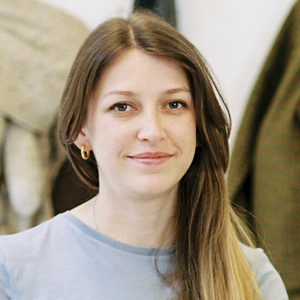
MIU to launch new undergraduate specialization in art therapy
This fall, MIU kicks off a new undergraduate pre-professional specialization in art therapy, which will prepare students for most graduate programs in art therapy, the stepping stone to becoming a licensed art therapist.
The program will be offered online for maximum flexibility, and Federal grants and loans will generally cover all or most costs for US students. No prior art experience is required.
What is art therapy?
“Art therapy is a mental health profession that enriches the lives of individuals, families, and communities through active art-making, creative process, applied psychological theory, and human experience within a psychotherapeutic relationship,” according to the American Art Therapy Association (AATA).
Art therapy can be used “to improve cognitive and sensorimotor functions, foster self-esteem and self-awareness, cultivate emotional resilience, promote insight, enhance social skills, reduce and resolve conflicts and distress, and advance societal and ecological change.”
Art therapy at MIU

“The new program came about organically as a way to fulfill a need,” said Genevra Daley, assistant professor of art.
“We have two art students who both came here to complete their undergraduate art requirements in preparation to apply for an MA in art therapy,” Daley said. “One student had already completed their psychology requirements at another school, and the other was going to have to complete her psychology courses somewhere else once she graduated. Both students were having to gather their prerequisites at multiple schools. We decided to create a specialization that packages together what most master’s programs in art therapy require.”
“Our art students gravitate to MIU because they are interested in wellness, meditation, and art, things we’re already providing,” Daley added. “Creating this specialization was just the next step for us.
The new art therapy specialization fits right in with a cluster of other academic programs — the BA in Consciousness & Human Potential, the BA in Ayurveda Wellness & Integrative Health, the Bachelor’s with Specialization in Positive Psychology & Consciousness, and the Bachelor’s with Specialization in Life & Wellness Coaching.
MIU shines new light on traditional psychology, with its emphasis on cultivating one’s full potential in the light of consciousness. Every academic program spotlights self-awareness and self-development.
The MIU version of art therapy training
The MIU art faculty developed a unique take on pre-professional training in art therapy.
“Our department has had solid success with helping students develop portfolios for MFA grad programs, so we’re looking forward to applying this strength to a new but similar field.”
— Genevra Daley
“Most MA programs in art therapy require around 18 credits of art and 12 credits of psychology as pre-requisites,” Daley said. “We designed our specialization to cover these basics but in a way that builds to a capstone portfolio development class. This final class helps students create a cohesive body of work and establish a daily art practice of their own. The portfolio class also helps students with written materials, like artist statements and letters of intent, that a school might require in an application process. Our department has had solid success with helping students develop portfolios for MFA grad programs, so we’re looking forward to applying this strength to a new but similar field.”
Art therapists are credentialed mental health professionals. “Especially when people are struggling, facing a challenge, or even a health crisis — their own words or language fails them,” the American Art Therapy Association says. “During these times, an art therapist can help clients express themselves in ways beyond words or language. Art therapists are trained in art and psychological theory and can help clients integrate nonverbal cues and metaphors that are often expressed through the creative process.”
Professionals can incorporate art therapy into other therapeutic practices as well.
